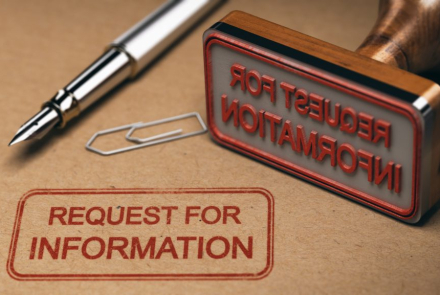Image Rights in Employment
Image rights can be understood as rights that pertain to the use of an individual’s image, likeness, name, initials, voice, or other identifiable attributes for any commercial purpose. These rights are inherently based on one’s image and thus constitute a form of personal property. Consequently, an employer would not have an automatic right to an employee’s image rights without an express agreement indicating otherwise.
Although Uganda’s written laws do not expressly define what image rights are, these rights are recognised under the right to privacy enshrined in Article 27 of Uganda’s 1995 Constitution (as amended).
Article 27(2) of the Constitution states that, “No person shall be subjected to interference with the privacy of that person’s home, correspondence, communication or other property”. In other words, every individual has a right to privacy and that right extends to their home, correspondence, communication, and other property. Since image rights constitute a form of personal property, they inescapably fall under the “other property” envisaged in clause (2) of Article 27.
To fortify safeguards against infringements on the right to privacy, the year 2019 saw the enactment of the Data Protection and Privacy Act.
According to Section 33(1) of the Act, if an individual suffers damage or distress from the unauthorised use of their personal data (which includes one’s image) in direct marketing, they have the right to sue the party responsible for the unauthorised use. Direct marketing, as per the Act, includes a communication by whatever means of any advertising or marketing material which is directed at an individual. Simply put, communication that’s done through billboards, fliers, social media, websites, brochures, TV commercials, radio advertisements etc., amounts to direct marketing.
With that said, if an employer were to use their employee’s image in any form of advertising or marketing without the employee’s consent, it would amount to an infringement of that employee’s right to privacy and thus the employee would be entitled to compensation from the employer for the unauthorised use of the image. For example, in the case Nalubega Shadia v. Stabex International Ltd, H.C (Commercial Division) Civil Suit No. 665 of 2021, Court found that Stabex International Ltd had infringed upon its former employee’s (Shadia Nalubega) right to privacy when it used her photographs/images for advertising its products on both print and online media without her consent. The Court resultantly awarded her 5 million in damages.
However, employers that take the form of sports entities such as sports clubs should not solely use the 2019 Act as a guiding tool in issues related to image rights of their athletes/employees; as such issues are now primarily governed by the National Sports Act 2023 and regulations if any made thereunder. Last year I wrote an article on the National Sports Act and discussed therein its position on the ‘commercial rights’ (image rights being one of them) of athletes and the level of control national sports organisations have over such rights. To access the said article, please visit the link: https://kakuruadvocates.co.ug/condensed-overview-national-sports-act-2023
In conclusion, using someone’s image for commercial purposes without their authorisation or profiting off it without their consent is just wrong and illegal on all fronts. Employers must diligently obtain clear and unambiguous consent from their employees before utilising their images or other personal data for commercial purposes.







